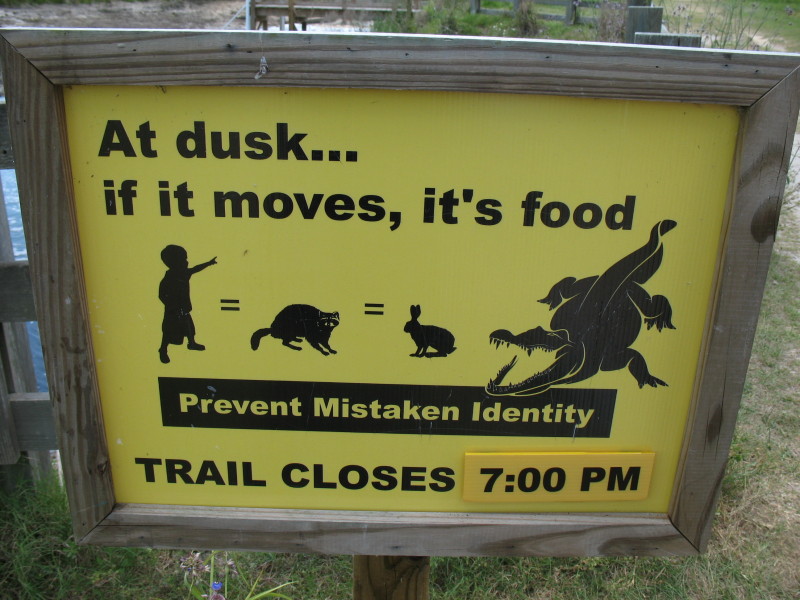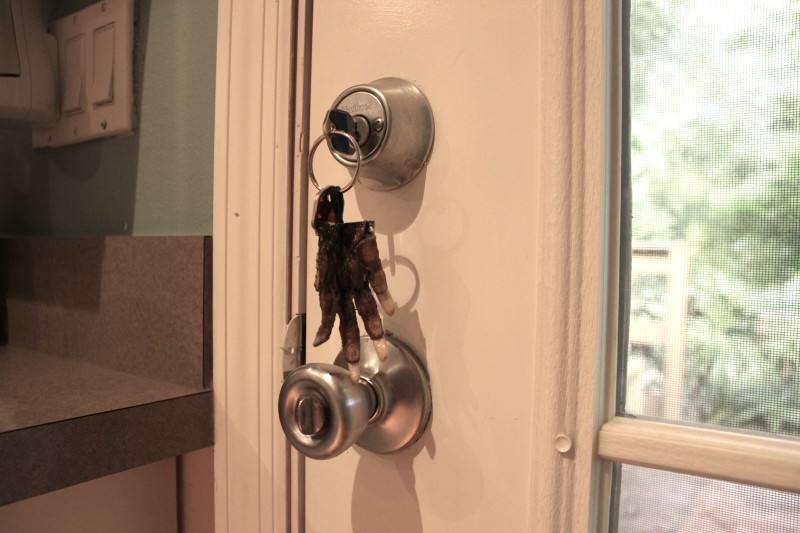
Bruce Chatwin was haunted by what was in his mother’s curio cabinet. Behind the glass was a hunk of skin, with a tuft of orange fur sprouting off like a chia head. When young, he seemed certain that is was a chunk of a monster.
Many years later, he’d discover it was actually a piece of dinosaur. Specifically, a piece of a Mylodon: a giant ground sloth that lived long enough through the eons to actually come in contact with proto-humans.
Those early hunter-gathering hominids were quite possibly the reason for their extinction.
Chatwin harvested this image, decades later, as the impetus for a solo trip down into the deep southern hemisphere. For months in the Seventies, he roamed through Argentina and Chile, in a vague geographical area called Patagonia. On his travels, he met the indigenous, farmers and cowboys for the most part, and plenty of exiles from Central Europe. Among those exiles were acquaintances of Chatwin’s second cousin who’s travels availed the piece of mylodon flesh.
Chatwin’s final destination was a cave in the far south. A hole in a mountain known as Cueva del Milodon where travellers had been migrating for years to collect the bones of this ancient creature.
After a four month trip, he finally arrived, however, upon entering, there were no bones nor any sort of remnant to take back to show for his attempt.
The memory of that mylodon totem from his childhood, that oddity of fur and pickled skin, became the preface to In Patagonia. A book authored by Chatwin that defined him as one of the best, modern English travel writers.
I loved dinosaurs. So much so when I was six, I transcribed three quarters of a dinosaur encyclopedia onto ruled notebook paper. I copied it verbatim, in my shaky child handwriting.
This was my first experience with the writing process.
It felt good to harbor knowledge, to share it on paper.
Weeks later, my grandmother found the plagiarism and threw it away as scratch paper.
Giving up writing, I decided on Paleantology. On summer afternoons, I’d go out and dig in the dirt. Forty miles inland on our peninsula, there is nothing but sand. Sand and old decaying roots often mistaken for dog turds.
There were no dinosaur bones here. It took me a whole summer to figure that out. By September, I had given up, losing hope that I would ever see anything pre-historic, in person.
In Florida, unbeknownst to me until years later, we did in fact have natural prehistory.
Cycades, or Queen Sagos.
Ferns. They’re everywhere. They lived through the past ice ages, they will live through the next.
And alligators. One of the many reasons people migrate here as a tourist.
Gators blanket the state. Hiding in every swampy crevice. Though, mysteriously, they are no where at the same time.
A Floridian can tell you where you might find one. And you might find it. But to find them in masse takes work. This phenomenon was what I sought.
We left town one weekend. I had a friend watch our house. On returning, laying there on the formica, next to an avocado and a couple tomatoes left to rot, were the keys. Attached to them was a diminutive claw. Dark brownish-green, skin like ancient bacon.
It was a baby gator foot.
This keychain would be my totem, like Chatwin’s, instilling in me the fire of travel.
Mine, less far.
A regional determination, in my own backyard.
To see gators. In numbers.
I wanted to see hundreds of them.
A couple hours north of our house lies a prairie. A prairie that had been inhabited by humans for ten thousand years. An area where, more than likely, Mylodons came into contact with humans.
In the middle of the prairie is a sink. As the weather cycles over centuries, Paynes Prairie alters from bone dry, to complete inundation: a consistent layer of water a foot deep.
The early native tribes believed the sink to be a maelstrom, an entrance into the center of the earth. Around it, buffalo and wild horses continue to roam.
Inside of it, Gators, by the thousands, call this their breeding ground, their picnic table, their beach for summer sunning.
I had to go.
It was mid July. Well past gator mating season (I would learn this to be their most aggressive time of year).
Into Payne’s Prairie is a raised isthmus of land that serves as a walking trail, twenty feet wide with swamp on each side. There is no railing, no barrier between you and the elements.
Walking along the path, the swamps occasionally open up onto vast stretches of water. These are seasonal lakes. By July, they’re filled.
Across each, we witnessed small masses floating here and there, what we would discover to be a gator highway. Two lumps protruding from the water: eyes. A sequence of lumps trailing behind: its tail, swishing back and forth slowly.
We were warned by the game warden to stay on the path.
It was mid-day, the sun brutally beating down. And as we walked, the reeds would often shake violently on each side: the sounds of gators thrashing, running for alternative cover.
They were as scared of us, as we of them.
We walked about a mile into the Prairie. At the end of the isthmus was a lookout tower. On climbing its three stories, we had a panoramic view five miles square. Just a fraction of the fifty three miles Payne’s Prairie encompasses as a whole.
Water holes spread as far as we could see. On the banks of each, gators laid, their noses touching the water as to not be disconnected from an escape route. Still, dead still. All of them under a blanket of blistering sun. Each one an unapologetic killing machine. Their ancestors dating back millions of years, surviving ice ages, global warming, asteroid extinction.
Atop the tower was an older gentleman, a senior warden, his bushy white mustache issuing a calming effect as he bulleted historical facts of both flora and fauna.
He told us a story of two bulls at the height of mating season. Each, from what he remembered, twelve feet long, clawing, rolling and snapping in a fight to the death.
A group of game wardens had to brace up, and with poles, jab at the bulls from a distance to break up the brawl.
‘It was loud,’ He said, ‘visitors were running to the entrance of the park.’
Across the swamp, mid conversation, there was slight movement. One of the thousands of gators, lumbered, hauntingly, and slipped into the tepid water.
‘After we broke it up, one of the gators left a foot there in the grass. Yep, snapped her clean off.’
He paused, sweat poured down my arm, partially from the heat, partially from anxiety. I thought about my gator foot at home, attached to metal keys.
Might it too have been found? A war wound. A digital casualty from the barbaric survival of the fittest?
Or did a redneck lop it off for an easy five dollars.
‘Food for the vultures, I guess,’ the warden said in parting, ending his monologue on a comforting note: as comfortable as it gets within Nature’s natural selection.
